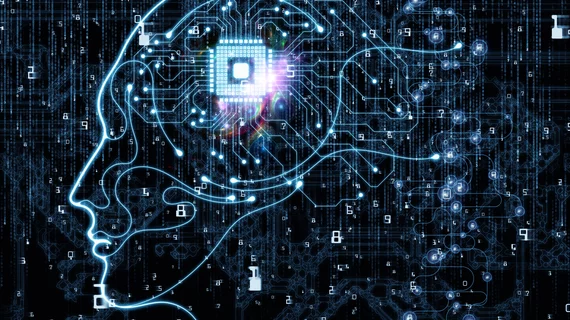Deep learning could be a game-changer for interpreting cardiac MRI exams
Deep learning techniques have shown potential to change cardiac MRI forever, according to a new analysis published in the American Journal of Roentgenology. However, the authors wrote, it is also important to remember deep learning’s current limitations.
“Quantitative analysis for cardiac MRI has been a much loved topic in medical image analysis not only because of its clinical utility, but also because of its technical challenges,” wrote Qian Tao, Leiden University Medical Center in the Netherlands, and colleagues. “The analysis methods need to tackle the vast variability in cardiac MRI data: the differences in abnormalities, morphology, size and orientation of the heart and also differences in contrast, luminance, artifacts, FOV and signal-to-noise ratio of the image data. Until the recent emergence of deep learning techniques, no classic image analysis method has shown sufficient promise to deal with such a combination of complexity and variability in clinical data.”
Cardiac MRI is used for a variety of purposes, including the evaluation of cardiac structure and function and myocardial scar assessment. The modality “delivers a rich spectrum of information,” the authors explained, and “greatly enhances our understanding of cardiac abnormalities.”
In fact, researchers have found that deep learning can assist providers interpreting cardiac MRI examinations with structure quantification, function quantification, strain and motion quantification, tissue quantification and more. And one of the primary ways deep learning can make an impact on cardiac MRI examinations is by speeding up patient care; even experienced radiologists take more than 15 minutes to interpret a single study, but deep learning can reduce that time to just a few minutes.
“Because the fatigue of manual analysis is taken away, radiologists can focus on more patient-oriented issues such as history and diagnosis,” the authors wrote. “By automating cardiac MRI reading, deep learning can also allow cardiac MRI to be offered at more centers with radiologists with less experience or centers with a high volume of patients and not enough radiologists.”
Deep learning has also shown potential to assist researchers managing clinical trials that require the analysis of thousands of cardiac MRI examinations. The improved precision deep learning brings to the table means that fewer study participants—and fewer laboratory employees—would be necessary, speeding up the entire process and helping make these complex clinical trials more affordable and easier to manage.
Of course, Tao and colleagues noted, deep learning is also associated with certain limitations. A biased algorithm will ruin any attempted research, for example, even if the team behind the algorithm is unaware of any issues. Also, there are limited datasets available at this time that focus specifically on cardiac MRI—and without the right dataset, AI researchers can’t accomplish much of anything.
Overall, however, the authors concluded that deep learning “has shown excellent performance on multiple cardiac MRI sequences and shows great promise for clinical use.”
“Deep learning algorithms can provide useful information to the radiologists and will enhance the value of cardiac MRI in clinical practice and scientific research,” they wrote. “Meanwhile, research effort should be devoted to further improve its generalizability, interpretability and controllability.”

